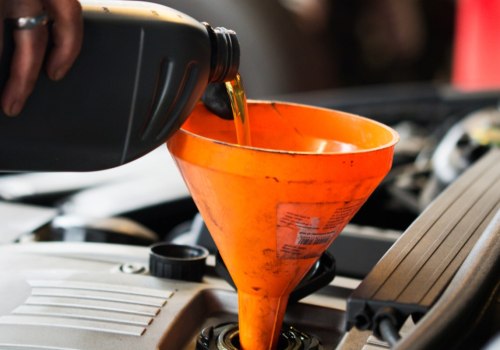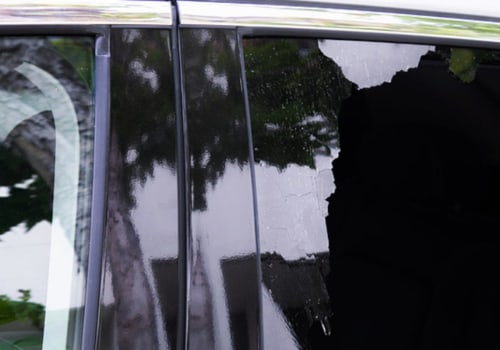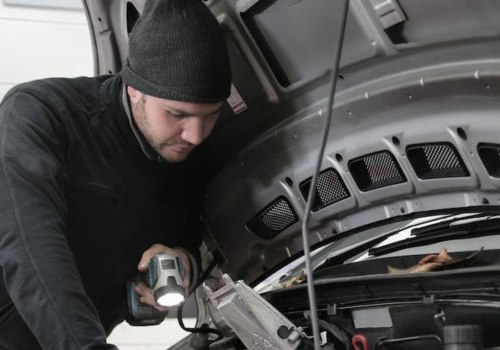Scheduled maintenance is any task that is assigned a deadline and assigned to a technician. This can include inspections, adjustments, regular service, and planned shutdowns. The most common form of car maintenance is an oil change, which is usually done every 3,000 to 5,000 miles. Oil changes ensure that the engine is properly lubricated to prevent hard metal-to-metal contact between moving parts of the engine.
Other maintenance services that are completed when vehicles do not seem to perform well or suffer from a decrease in fuel economy include changing the air filter, replacing spark plugs and spark plug wires, installing a new fuel filter, cleaning the fuel injector, and more. Scheduled maintenance refers to any repair and service work performed within a set time frame. It details when the given maintenance tasks are performed and who. Scheduled maintenance can be performed at repetitive intervals or in response to a work request.
The most common form of car maintenance is an oil change, which should be done every 3,000 to 5,000 miles. Other maintenance services that should be done regularly include changing the air filter, replacing spark plugs and spark plug wires, installing a new fuel filter, cleaning the fuel injector, and more. Computerized maintenance management software (CMMS) can be an invaluable tool for generating maintenance schedules, creating work orders, and keeping track of task completion dates and work times. By adhering to a well-designed, regular maintenance schedule, service technicians can detect problems early.
Cars that use a timing belt instead of a timing chain need to worry about this little maintenance. MicroMain offers industry-leading maintenance scheduling software that improves the efficiency, organization, and analytical power of any scheduled maintenance program. Applying a careful approach to planning scheduled maintenance can also allow multiple maintenance tasks to be performed in a parallel time frame. Not only that, but maintaining a detailed vehicle maintenance history can also help improve the resale value of your car.
The primary purpose of planned maintenance is to determine where maintenance needs exist and what processes, tools and parts are needed to address them. The SMCP is calculated by adding the number of days that scheduled maintenance is delayed to the number of days in a maintenance cycle. Coordination between preventive and planned maintenance can reinforce advanced maintenance practices with the efficiency, uptime and schedule compliance needed to minimize risks and surprises. Whether you have scheduled maintenance at a dealership or an independent mechanic, be sure to keep all documentation related to maintenance items and other repairs to increase the resale value of your vehicle.






